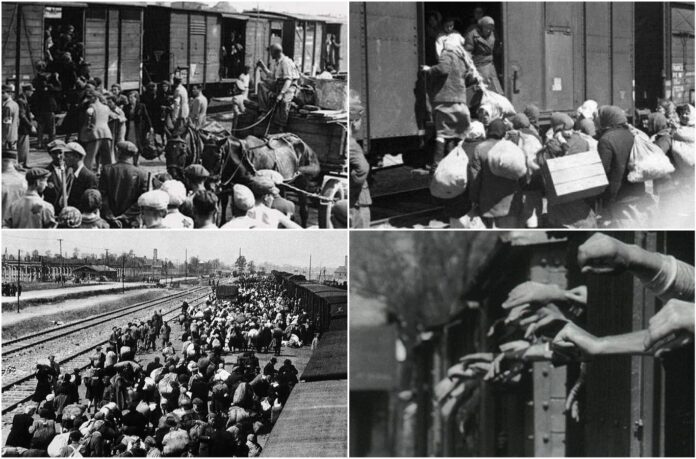On the night of June 13, 1941, the first wave of Stalinist deportations swept across Bessarabia and Northern Bukovina, tearing tens of thousands of people from their homes. In a matter of hours, entire families—labeled “enemies of the people”—were forced onto freight trains and transported under brutal conditions to Siberia and Kazakhstan, IPN reports.
The deportees included so-called “kulaks,” priests, intellectuals, mayors, officers, landowners, and even Communist Party members—individuals the Soviet regime viewed as threats to its authority. Officials hastily compiled the deportation lists, often handwritten and lacking stamps or official approvals. Many of those arrested died en route or perished in the forced labor camps of the GULAG system.
This mass repression followed the Soviet annexation of the territory between the Prut and Nistru rivers—a direct consequence of the Molotov-Ribbentrop Pact, signed by Hitler and Stalin on August 23, 1939. Under this secret agreement, the USSR compelled Romania to cede Bessarabia, Northern Bukovina, and the Hertsa region, then launched a campaign of purges and terror in the newly occupied lands.
FOR THE MOST IMPORTANT NEWS, FOLLOW US ON TWITTER!
At 2:30 a.m. on June 13, 1941, Soviet authorities began the arrests and deportations. In this first wave alone, they seized around 22,000 people from 3,470 families. The victims endured horrific journeys lasting up to three weeks in stifling summer heat. They received only 200 grams of water daily and were fed salted fish. Those who died along the way were either hastily buried beside the tracks or abandoned in the open.
Upon arriving in remote Soviet regions, authorities forced survivors into grueling labor at forestry enterprises, state farms (sovkhozes), and craft cooperatives. They often separated families: men sent to GULAG camps, while women, children, and the elderly relocated to the steppes of northern Kazakhstan or the depths of Siberia, many never reuniting.
Among those targeted were also refugees—individuals who had fled to Bessarabia from other parts of the USSR seeking freedom. Soviet authorities made them prime targets, using deportation as a strategy to repopulate Siberia with forcibly relocated citizens.
The deportations devastated Moldovan society. They fractured communities, depopulated villages, and instilled generational fear. Speaking about these events remained strictly forbidden throughout Soviet rule.
The June 1941 deportations marked only the beginning. Two more waves followed:
- July 5–6, 1949: The second wave targeted wealthier villagers as part of an “economic offensive.”
- March 31–April 1, 1951: The third wave focused on religious groups and ideological “undesirables.”
Official Soviet records claim that authorities deported nearly 70,000 people from Moldova between 1941 and 1951. Moldovan historians, however, believe the true number is much higher.
These deportations left deep scars on Moldova’s national identity and collective memory—a legacy still mourned and honored today.



